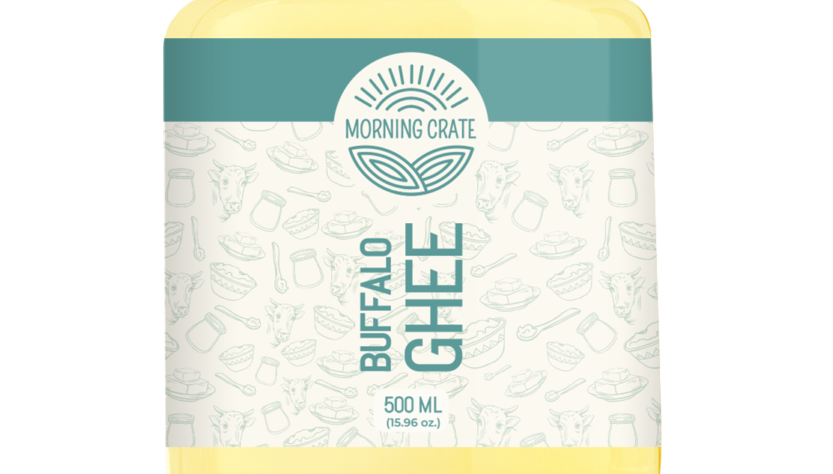In the realm of culinary excellence, the interplay between pricing and quality is often a topic of fascination and debate, especially when it comes to traditional ingredients. Among these revered staples are buffalo ghee and cold-pressed cooking oil, each embodying a unique essence that elevates dishes to new heights of flavor and authenticity. In this exploration, we delve into the dynamics of pricing and quality in traditional ingredients, focusing on buffalo ghee price and the allure of cold-pressed cooking oil.
Buffalo Ghee Price: Unraveling the Factors
Buffalo ghee, derived from the milk of water buffaloes, is a cherished ingredient in many cuisines around the world. Its rich, nutty flavor and high smoke point make it ideal for frying, sautéing, and adding depth to both savory and sweet dishes. However, the price of buffalo ghee can vary significantly depending on several factors, including the quality of the milk, the production method, and the brand’s reputation.
Quality Considerations in Buffalo Ghee
When it comes to buffalo ghee, quality is paramount. Ghee made from high-quality milk sourced from grass-fed buffaloes and produced using traditional methods is likely to command a higher price due to the superior flavor, aroma, and nutritional profile. Artisanal producers who prioritize ethical sourcing, sustainable practices, and transparency in their production processes may also charge a premium for their products. However, consumers can often find a range of options to suit their budget and preferences, from premium artisanal ghee to more affordable mass-produced varieties.
Cold-Pressed Cooking Oil: A Testament to Purity and Flavor
Cold-pressed cooking oil, extracted without the use of heat or chemicals, is another cornerstone of traditional cooking. Whether it’s olive oil, coconut oil, or sesame oil, cold-pressed oils are prized for their purity, flavor, and nutritional benefits. Cold-pressed oils retain more of the natural antioxidants, vitamins, and fatty acids present in the raw ingredients, making them a healthier choice compared to refined oils. The price of cold-pressed cooking oil may be higher than that of refined oils due to the additional time, labor, and expertise required in the extraction process.
Understanding the Allure of Cold-Pressed Cooking Oil
Cold-pressed cooking oil has gained popularity in recent years as consumers become more health-conscious and environmentally aware. Its rich flavor and nutritional benefits make it a favorite among chefs and home cooks alike, who appreciate its ability to enhance the taste and texture of dishes while promoting overall well-being. Additionally, cold pressed cooking oil is often associated with sustainable farming practices and small-scale producers who prioritize quality over quantity, further adding to its appeal.
Balancing Price and Quality in Traditional Ingredients
When it comes to traditional ingredients like buffalo ghee and cold-pressed cooking oil, striking the right balance between price and quality is essential. While it’s tempting to opt for the cheapest option available, sacrificing quality for the sake of affordability may compromise the flavor and nutritional value of your dishes. Instead, consider investing in high-quality ingredients that are sustainably sourced, ethically produced, and free from additives and preservatives. By prioritizing quality over quantity, you can create culinary masterpieces that delight the senses and nourish the body.
Conclusion: Navigating the Landscape of Traditional Ingredients
In conclusion, buffalo ghee and cold-pressed cooking oil are emblematic of the essence of culinary excellence, each offering a unique blend of flavor, purity, and nutritional benefits. While the price of these traditional ingredients may vary depending on factors such as quality, production methods, and brand reputation, their value transcends monetary considerations. By understanding the dynamics of pricing and quality in traditional ingredients, consumers can make informed choices that not only enhance the taste and nutritional value of their dishes but also support ethical and sustainable practices in the food industry.

